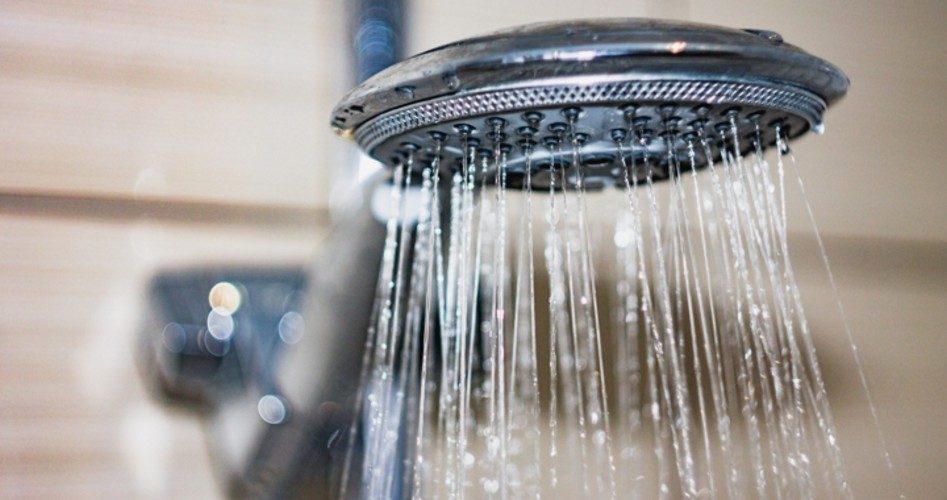
Last year, Governor Brown declared an end to California’s five-year drought. During the drought, Californians dramatically reduced their water usage, according to Tracy Quinn, water conservation director for the Natural Resources Defense Council, who states that combined indoor/outdoor daily water use dropped from 109 gallons per day in 2013 to 90 gallons a day in 2017.
And still, Governor Brown signed AB 1668 and SB 606 last week to institute some rather draconian measures to “help California be better prepared for future droughts and the effects of climate change.” The bills will require urban water providers to come up with targets for water usage by 2022 that must be approved by the State Water Resources Control Board. Agencies that fail to meet their goals will begin to be fined in 2027.
“We have efficiency goals for energy and cars — and now we have them for water,” reads Brown’s press statement on the bills.
Mercury News reports the standards are to be based on a formula comprised of three factors: an allowance of 55 gallons per person per day for indoor water use, an amount that will decrease to 50 gallons by 2030; a standard for water loss due to leak rates in pipelines; and a yet-to-be-determined outdoor residential target that will vary depending on the region’s climate.
Standards are also going to be established for outdoor water use involving practices such as landscaping, livestock rearing, and gardening, though those limits have yet to be released. One thing seems certain, however: The water limits are sure to create a shortage of food coming out of California, and will surely raise the prices of food that continues to be produced there.
The law applies only to those who use municipal water and not wells, at least for now.
Individuals found to violate the limits face hefty fines, particularly if they do so during a dry year, at which time the fine can be as high as $10,000 for each day the violation occurred. But even the lowest fine is $1,000 for each day in which the limit is violated. Utility providers are required to report offenders or face massive fines.
The Organic Prepper notes that, based on the indoor water allowance of 55 gallons per person per day, an individual would be unable to both shower and do a single load of a laundry in the same day. The Organic Prepper bases its observation on the understanding that an eight-minute shower uses approximately 17 gallons of water, while a load of laundry without the use of a high-efficiency washing machine uses approximately 40 gallons of water. Baths use anywhere from 80 to 110 gallons of water, virtually making them out of the question under the law.
The Organic Prepper also observes the laws seem to more dramatically impact families with a lesser incomes. It notes,
Oh, and don’t worry, rich people. There will be “provisions for swimming pools, spas, and other water features.” So you can still have your pretty fountains and pools while the rest of the peons take 2 showers a week. One might wonder if “variances” will apply to the wealthy for their landscaping needs.
Supporters of the new laws view them as a step in the right direction, as the mandatory water targets put in place during California’s drought were viewed as inflexible and didn’t factor in other considerations such as population growth. These new laws at least allow cities and water districts to set their own water budgets to accomodate increases in population, while the per-person limit still applies.
However, groups such as the Sierra Club oppose the final measures because they claim that the rationing is not severe enough, Breitbart News reports.
Others, like the Alameda County Water District and Kern County Water Agency, are opposed to what they view as Sacramento’s overreach into local government.
“Every local water agency supports conservation and has a responsibility to make sure its water users use water efficiently,” said Tim Quinn, executive director of the Association of California Water Agencies, which opposed the bill. “This was never about whether we should be pursuing conservation. It was about how.”
Image: yogenyogeny via iStock / Getty Images Plus



